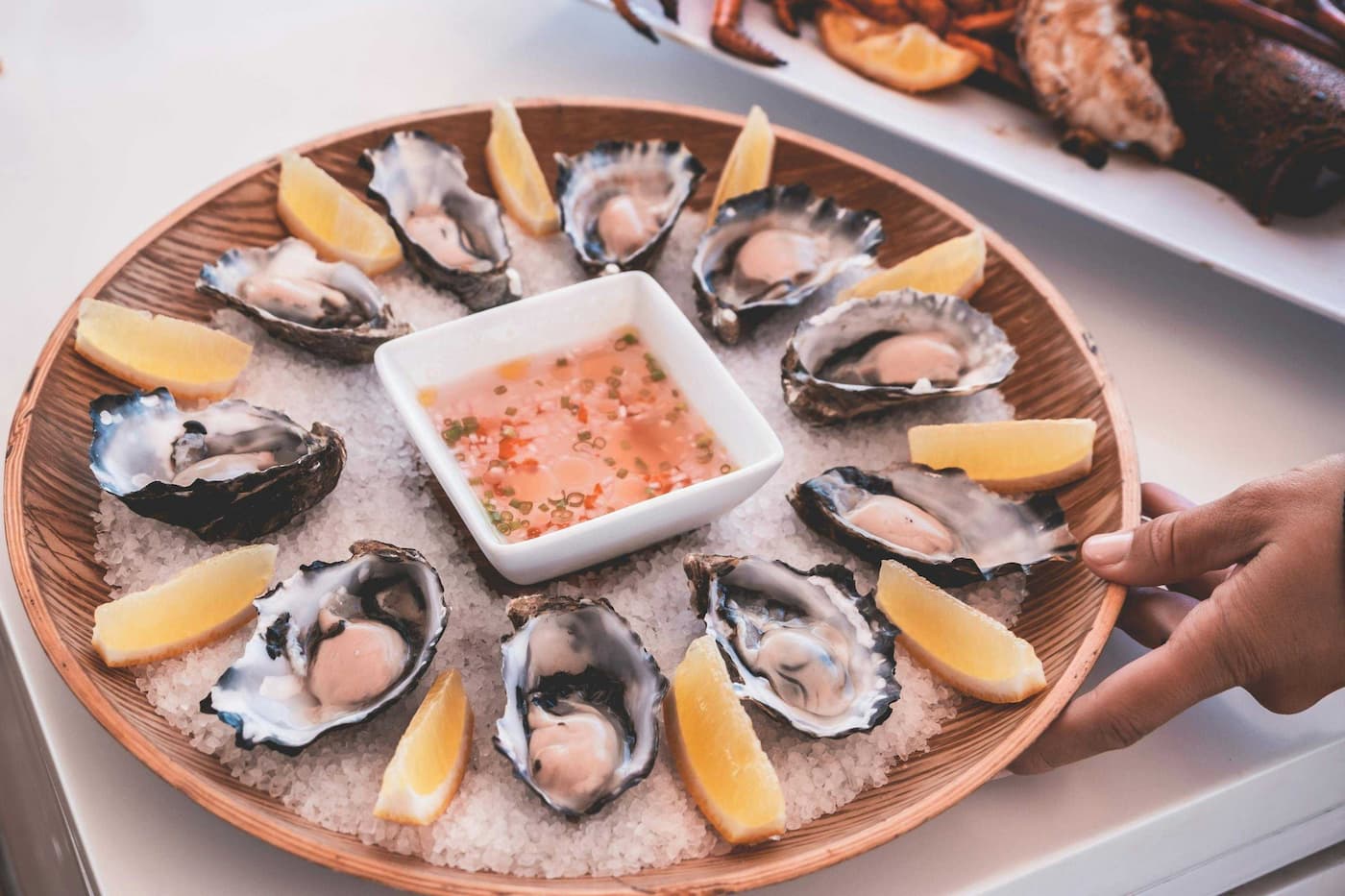Market pricing is a strategy that allows restaurants to account for the fluctuating price of seasonal ingredients, issues with suppliers, and changing consumer tastes. Market pricing for certain menu items can help a restaurant hedge against variable costs and help bolster profit margins. However, without the right approach, market pricing can also be risky.
What does “market price” or “MP” mean on a menu?
Many consumers are under the impression that market price means the dish is expensive. But in reality, market price depends on the current market value of the key ingredients. Essentially, market price is a fluctuating price for a dish that changes according to the cost of its main components. A dish marked “MP” on the menu could cost $21 one day and $31 the next–it’s up to the diner to ask.
Market price most often applies to seafood, seasonal items, special cuts of meat, and imported goods. The price of seafood can fluctuate daily based on factors like the catch size, weather conditions, and fuel costs for fishing boats. Likewise, certain produce that’s available only for a limited time of year can also be priced according to market price.
Restaurant market price always includes a little bit of a mark-up, since restaurants need to cover labor and overhead costs in addition to food costs. That may be one reason why market-priced dishes are often perceived as more expensive. For restaurant owners, market pricing helps maintain a profit margin if (and when) the cost of an ingredient suddenly increases–the restaurant can pass along a portion of the cost to customers.
How do you find the market price?
Market pricing varies depending on the type of restaurant you operate as well as the specific menu item you’re considering. How will a market price item look in relation to the rest of your menu? A dish listed as “MP” might not look out of place on a fine-dining menu, but it could at a fast-casual restaurant. If too many items are listed as market price, you may risk alienating customers who don’t want their total bill to be a shock.
To calculate your market price, start with the baseline costs it takes to make the dish. How much do the raw ingredients of your dishes cost? Keep track of inventory costs in your restaurant POS system to see if prices of any of your staple ingredients are creeping up. If the prices of many of your ingredients have increased, you may need to update your menu prices across the board, rather than offer market-priced items.
Then, consider the cost percentage you need to break even if a diner purchases a market-price dish. Use this formula:
Raw Food Cost of Item / Food Cost Percentage = Market Price
Try to reserve market pricing for items that fluctuate often, rather than ingredients that occasionally change. Listing a spring-inspired salad as market price might be honest since not all ingredients are available year-round, but it could seem strange to diners that vegetables need to be priced so variably.
How do diners perceive market price?
Market pricing creates a feeling of luxury and exclusivity, which can work well in some restaurants. Diners may love the intrigue of a specially priced dish and be willing to shell out for unique ingredients. But, consider the general economy as you set up your menu.
“Restaurant prices—in fact, prices on a lot of things—are 25% to 30% higher than they were four years ago,” said Roger Matthews, managing director in Bank of America’s Consumer and Retail Investment Banking Group. “It takes time for consumers to fully notice that a sandwich is much more expensive. So how the consumer will digest these price increases is still unknown, especially as gas prices start to rise again.”
Track your sales to see if diners are flocking toward market-priced items or shying away from the mystery pricing. Clover Reporting can help you see if your strategy is working or creating confusion.
Make market pricing work for your restaurant
Market price can help restaurants cover the costs of seasonal ingredients, hard-to-source ingredients, or ingredients with fluctuating costs. These types of ingredients can make your restaurant stand out to diners and bring in more foot traffic. But, they can also become expensive if market pricing doesn’t work.
If market pricing doesn’t seem like the right fit, consider offering ingredients that fluctuate in price as part of a prix fixe menu. This allows you to charge more for the experience and offset your seasonal ingredients with low-cost staples. In addition, prix fixe menus are more streamlined, allowing you to save on other inventory costs.
Learn how Clover POS systems can help you keep a close eye on your restaurant’s profit margin and minimize risk through smarter pricing. Request a free demo with Clover today to see how the right POS system can help make your restaurant more efficient, streamlined, and profitable.






